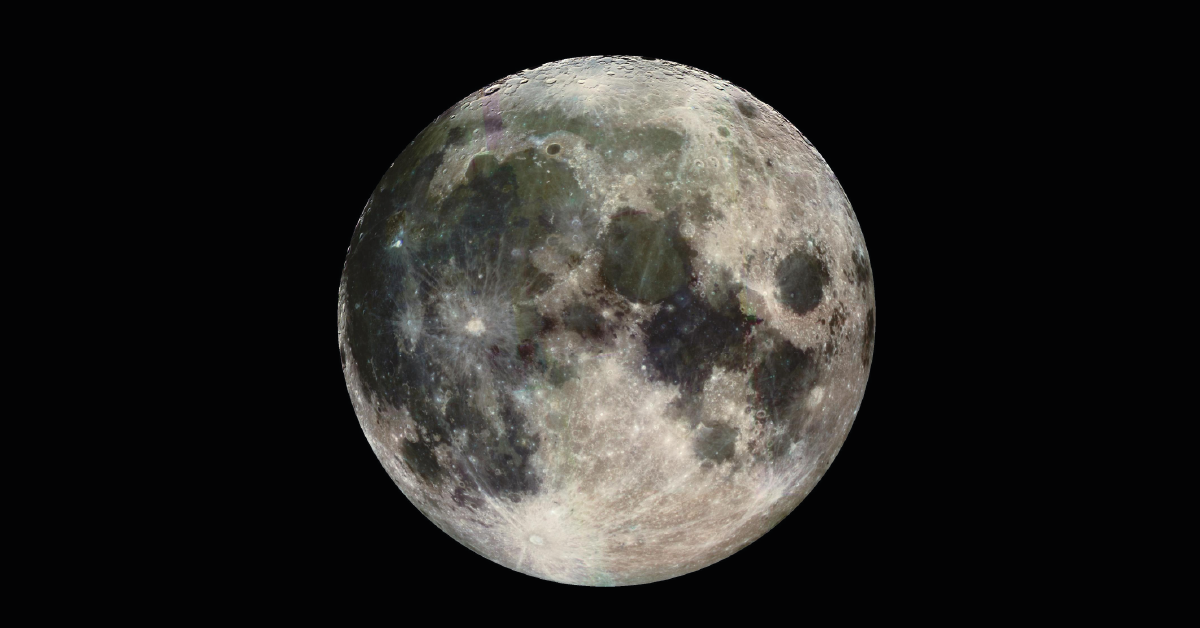Every so often, the Moon makes headlines. It might be called a supermoon, a blood moon, or even a blue moon. News outlets pick it up, social media fills with photos, and friends ask if it’s worth staying up late to see. But what do these events really mean? And how do you make the most of them as a skywatcher or astrophotographer?
Here’s a calm, clear explanation of the Moon’s headline moments and how to enjoy them.
What Is a Supermoon?
A supermoon happens when the full Moon coincides with its closest point to Earth in its monthly orbit. The Moon’s orbit isn’t a perfect circle – it’s an ellipse. So sometimes it’s a bit closer (perigee), and sometimes a bit farther (apogee).
When the full Moon lines up with perigee, it appears slightly larger and brighter than usual – about 14% larger and 30% brighter than when it’s at its farthest. This effect is subtle to the eye, but if you compare photos side by side, it’s noticeable.
Supermoons typically happen a few times a year, but only one or two are close enough to earn the title in most calendars. Despite the name, there’s no sudden change in how the Moon looks – just a gentle, natural enhancement.
What Is a Blue Moon?
Despite the name, a blue moon has nothing to do with colour.
It’s a term for the second full Moon in a single calendar month – a quirk of how our calendar works, since the lunar cycle is about 29.5 days. Occasionally, two full Moons will fit into one month. The second one is called a blue moon.
Blue moons happen about once every 2.5 years. They aren’t rare, just irregular. And the Moon doesn’t appear blue – unless seen through dust, smoke, or atmospheric particles, which can occasionally give it a bluish tint.
What Is a Blood Moon?
A blood moon refers to a total lunar eclipse, when the Earth passes directly between the Sun and the Moon, and its shadow falls across the lunar surface. During totality, the Moon takes on a deep red or coppery colour – caused by sunlight scattering through Earth’s atmosphere.
It’s called a blood moon because of this colour shift, not because anything unusual is happening to the Moon itself.
These events are striking – and relatively rare from any single location. On average, you’ll see a total lunar eclipse once every few years, depending on where you live.
What Is a Micromoon?
The opposite of a supermoon, a micromoon is when a full Moon occurs at its farthest point from Earth (apogee). It appears slightly smaller and dimmer than average – though, again, the difference is subtle.
Micromoons aren’t widely publicised, but they’re part of the natural rhythm of lunar motion. They remind us that the Moon is always moving – always changing.
How to enjoy it:
- Good time to photograph the Moon with more emphasis on context or composition.
- Can be combined creatively with foreground elements to balance apparent size.
What About Harvest Moons and Other Names?
Traditional names like Harvest Moon, Wolf Moon, or Strawberry Moon come from farming and cultural calendars – they don’t describe anything scientifically different about the Moon’s appearance.
- Harvest Moon: The full Moon closest to the autumn equinox.
- Strawberry Moon: June’s full Moon, named for seasonal fruit.
- Wolf Moon: January’s full Moon, rooted in folklore.
These names add colour and character to the lunar cycle. You’ll often see them used in almanacs or by weather presenters
Final Thoughts: A Moon Worth Watching
Whether it’s a supermoon or a micromoon, an eclipse or a poetic name from an old calendar, the Moon invites attention. It’s the one celestial object that truly belongs to everyone – visible from back gardens, balconies, and city streets alike.
Understanding these terms helps cut through the noise and brings the focus back to what matters – a clearer connection to the rhythms of the sky.
So the next time the Moon makes the news, you’ll know what’s behind the name – and how to capture the moment with meaning.




